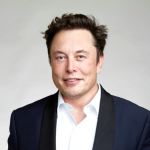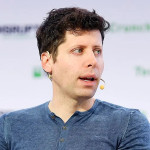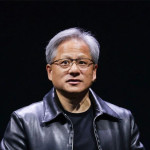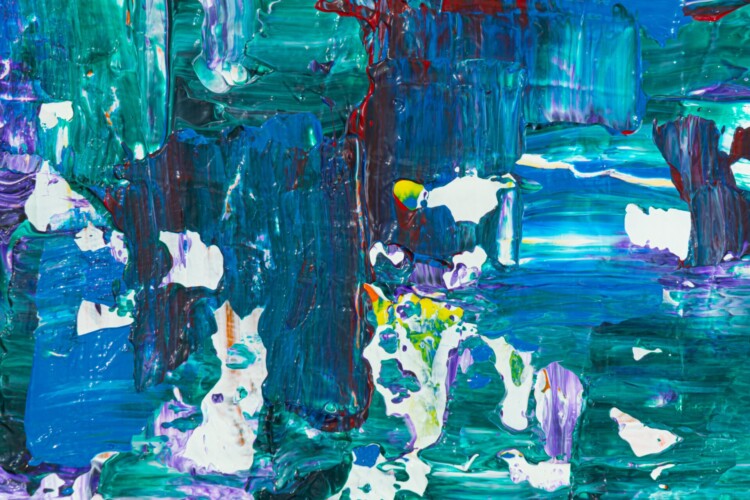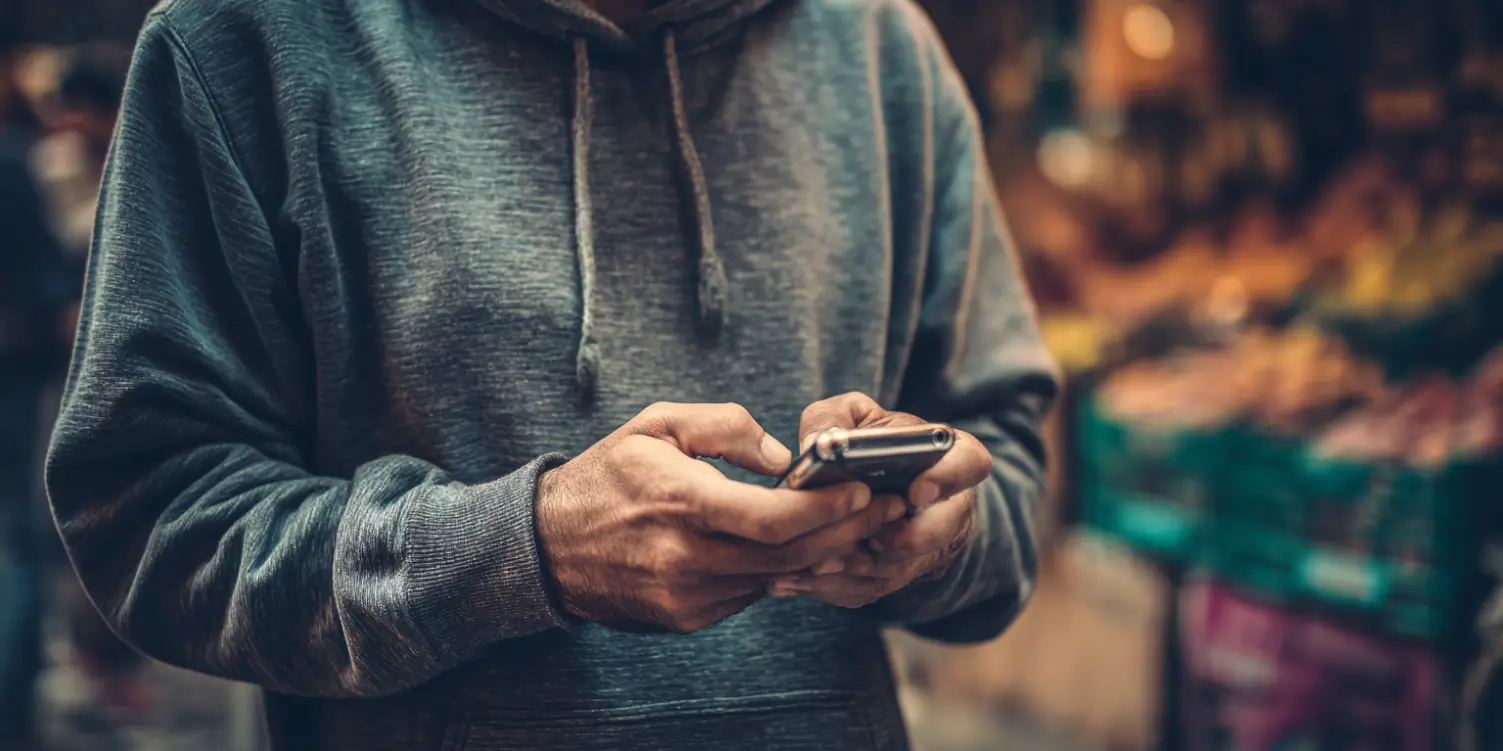The world of art has always been dominated by human creativity and expression. From ancient cave paintings to Renaissance masterpieces, artists have long been regarded as the sole creators of beautiful and meaningful artwork. But in a stunning turn of events, artificial intelligence (AI) has started to challenge this notion by creating artwork that rivals human masterpieces.
The Rise of AI in Art
AI has made significant advancements in recent years, and its applications are no longer limited to just automation and data analysis. With the help of machine learning algorithms, AI can now understand and replicate complex patterns, textures, and styles seen in traditional art forms.
Using a technique called deep learning, AI systems can analyze thousands of paintings and photographs to learn the techniques and characteristics of different art styles. By dissecting the elements that make a painting unique, AI can generate new artwork that emulates the style of famous artists like Leonardo da Vinci, Vincent van Gogh, and Pablo Picasso.
A New Artistic Experience
The emergence of AI-generated art has brought a new wave of creativity and excitement to the art world. Museums and galleries are now showcasing AI-generated artwork alongside traditional pieces, sparking debates and discussions among art enthusiasts.
One of the most fascinating aspects of AI-generated art is the way it challenges our perception of creativity. Traditionally, creativity has been considered a unique human trait. However, with AI creating stunning artwork, questions arise about the nature of creativity and whether machines can truly be creative.
AI-generated art also offers a fresh perspective on art appreciation. By analyzing the patterns and styles of various art movements, AI can create artworks that combine different elements in unique and unexpected ways. This fusion of styles creates a visual experience that is both familiar and novel, challenging our preconceived notions of what art should be.
The Future of AI in Art
As AI continues to evolve and improve, we can expect to see even more impressive artwork created by machines. Some argue that AI-generated art is just another tool for artists to express their creativity, while others fear that it may replace human artists altogether.
However, many experts believe that AI will never fully replace human artists. While AI can replicate artistic styles and techniques, it lacks the depth of emotions and personal experiences that human artists bring to their work. The human element in art is what makes it truly unique and meaningful.
Instead of viewing AI as a threat, many artists are embracing it as a tool for experimentation and inspiration. By collaborating with AI systems, artists can push the boundaries of their own creativity and explore new artistic possibilities.
The rise of AI-generated art is a testament to the incredible capabilities of artificial intelligence. From replicating famous art styles to creating entirely new and innovative artworks, AI is reshaping the art world as we know it. While it raises important questions about the nature of creativity and the role of machines in art, it is ultimately an exciting and dynamic development that offers endless possibilities.

